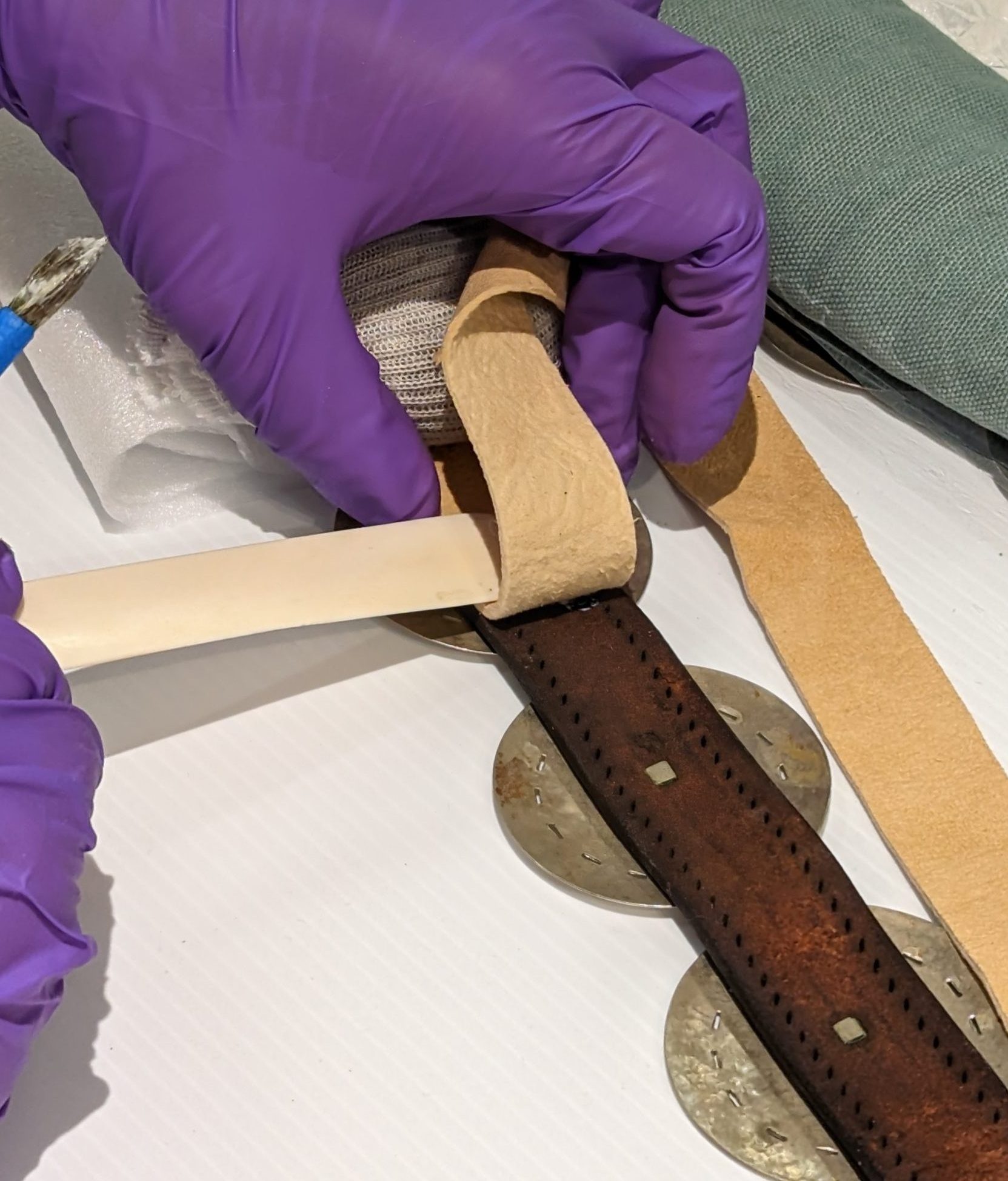The repatriation of cultural heritage is the act or process of returning art or artifacts to their origins. Repatriated materials can be returned to countries, governments, individuals, or communities. Rematriation can refer to the holistic and multifaceted experience of welcoming returned items home.
Many countries have laws and regulations regarding the repatriation process. Many institutions housing cultural collections have policies and procedures regarding repatriation. Communities and individuals have experiences that are complex and unique to each instance of repatriation and rematriation.
The United States’ Native American Graves Protection and Repatriation Act (NAGPRA) is a federal law that requires federal agencies and institutions that receive federal funding to return Native American cultural items (human remains, funerary objects, sacred objects, and objects of cultural patrimony) to lineal descendants and culturally affiliated American Indian tribes, Alaska Native villages, and Native Hawaiian organizations.
The United Nations’ Declaration on the Rights of Indigenous Peoples (UNDRIP) “emphasizes the rights of Indigenous peoples to maintain and strengthen their own institutions, cultures and traditions, and to pursue their development in keeping with their own needs and aspirations.”
The Midwest Art Conservation Center (MACC)’s Role in Repatriation:
Returning works of art or cultural artifacts to their communities of origin can be aided by several conservation processes:
- Analysis and Identification of Hazardous Materials
Pesticides and other hazardous materials are frequently found on collection items housed in older museum environments and in private collections. MACC testing and analysis can identify their presence. That knowledge along with safe handling and use protocols helps to protect individuals caring for or using the items. - Condition Reports and Conservation Treatments
Examinations by a MACC conservator and their written condition reports document the condition of cultural materials before, during, or after repatriations; a conservator’s report can help to understand past care and inform future decisions about use or handling. Conservation treatments can address structural and aesthetic issues, and some treatments can reduce pesticide and other hazardous material contaminations. - Education and Consultation
MACC works with tribal communities, museums, and individuals at all stages of the repatriation process to facilitate safe and respectful returns. Through MACC workshops, community engagement, and one-on-one consultations, available techniques and perspectives are shared, discussed, and considered.
As an independent non-profit organization, MACC aids all participants in pre-repatriation assessments, guidance on safe shipping and handling, and in the return home of items of cultural heritage. - Grant and Funding Assistance
MACC helps identify potential grant sources to help cover costs for repatriation projects.
